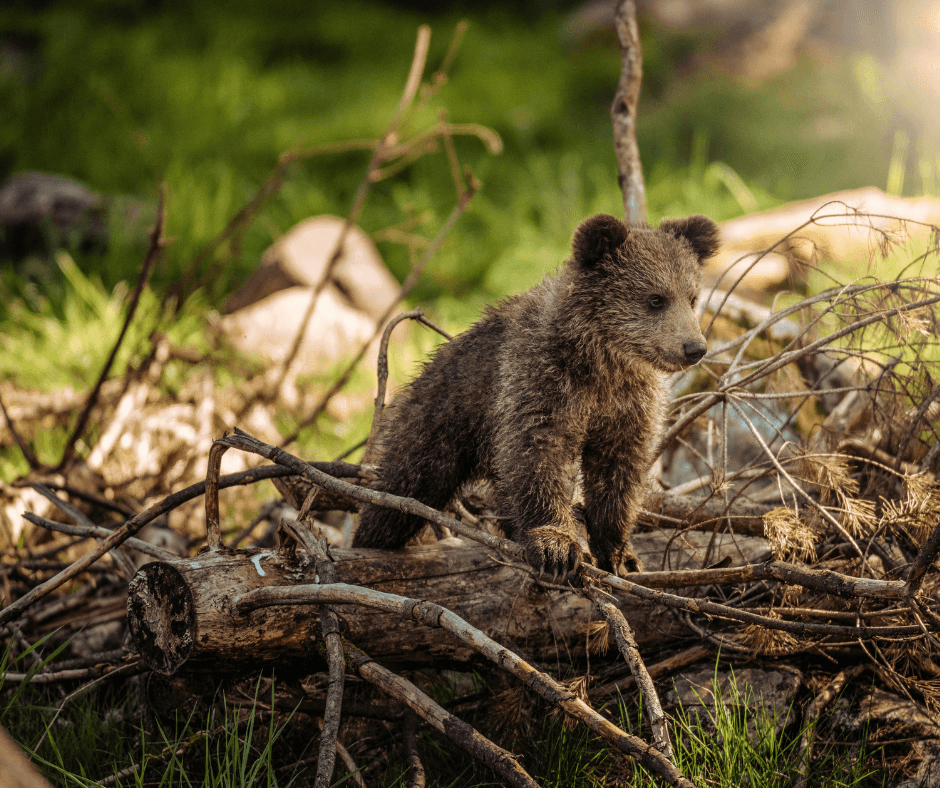Wildlife photography is a captivating art form that allows photographers to immerse themselves in the mesmerizing world of nature and capture breathtaking images of animals in their natural habitats. From the untamed wilderness of the African savannah to the remote rainforests of South America, every encounter with wildlife presents an opportunity to create compelling photographs that showcase the wonders of the natural world. In this comprehensive guide, we will delve deep into the intricacies of wildlife photography, exploring essential tips and techniques to help you elevate your skills and capture stunning images of wildlife.
-
Understanding Wildlife Behavior: To truly capture the essence of wildlife in your photographs, it's essential to have a deep understanding of animal behavior. Spend time observing your subjects in their natural environment, studying their movements, feeding habits, social interactions, and daily routines. By familiarizing yourself with the behavior patterns of different species, you'll be better equipped to anticipate their actions and capture authentic moments in your images.
-
Researching Locations: Researching and selecting the right locations is key to successful wildlife photography. Choose destinations known for their rich biodiversity and abundance of wildlife, such as national parks, wildlife reserves, and remote wilderness areas. Consider factors such as the time of year, weather conditions, and seasonal migrations when planning your photography expeditions. Additionally, network with local guides, wildlife experts, and fellow photographers to gain insights into prime locations and hidden gems for wildlife photography.
-
Choosing the Right Gear: Investing in the right camera gear is essential for capturing high-quality wildlife images. Opt for a digital single-lens reflex (DSLR) or mirrorless camera with a fast autofocus system and high-resolution sensor. Pair your camera with a telephoto lens with a long focal length (e.g., 300mm, 400mm, or 600mm) to bring distant subjects closer and capture intricate details. Consider additional accessories such as a sturdy tripod, lens hood, and camera bag to protect your gear and ensure stability in challenging shooting conditions.
-
Mastering Camera Settings: Understanding and mastering your camera settings is crucial for achieving optimal results in wildlife photography. Experiment with aperture, shutter speed, and ISO settings to control exposure, depth of field, and motion blur. Use a wide aperture (e.g., f/2.8 or f/4) to isolate your subject from the background and create a pleasing bokeh effect. Adjust your shutter speed to freeze fast-moving subjects or create motion blur for dynamic action shots. Keep your ISO as low as possible to minimize digital noise and maintain image quality, especially in low-light conditions.
-
Practicing Patience and Persistence: Wildlife photography requires patience, perseverance, and a willingness to spend extended periods in the field. Be prepared to wait patiently for the perfect moment to capture that elusive shot of a hunting predator, a playful family of otters, or a majestic bird in flight. Embrace the unpredictability of wildlife encounters and remain observant, attentive, and adaptable to changing conditions. Remember that every missed opportunity is a learning experience that brings you one step closer to capturing your desired image.
-
Respecting Wildlife and the Environment: As wildlife photographers, it's our responsibility to prioritize the welfare of our subjects and the ecosystems they inhabit. Respect wildlife's space and behavior by maintaining a safe distance and avoiding any actions that could disturb or distress them. Practice ethical photography principles, such as refraining from baiting or harassing animals, and minimize your environmental impact by following Leave No Trace principles. Remember that your actions as a photographer can have a lasting impact on the natural world, so tread lightly and leave nothing but footprints.
-
Embracing Natural Light: Natural light is a crucial element in wildlife photography, influencing the mood, atmosphere, and visual impact of your images. Learn to work with the available light, whether it's the soft, diffused light of early morning, the warm, golden hues of sunset, or the dramatic shadows of twilight. Position yourself strategically to take advantage of favorable lighting conditions and create compelling compositions that highlight the beauty of your subjects. Experiment with different angles, perspectives, and focal lengths to capture the magic of natural light and create captivating images that evoke emotion and awe.
-
Capturing Authentic Moments: The essence of wildlife photography lies in capturing authentic moments that convey the true spirit and character of the animal kingdom. Focus on telling a story through your images, capturing the unique behaviors, interactions, and expressions of your subjects. Be patient, observant, and empathetic, allowing the magic of nature to unfold before your lens. Look for opportunities to capture intimate moments of connection, dramatic displays of behavior, or fleeting glimpses of wildlife in its natural element. Remember that the most memorable wildlife photographs are those that evoke emotion, spark curiosity, and inspire a deeper appreciation for the beauty and diversity of the natural world.
Wildlife photography is a rewarding and immersive pursuit that offers endless opportunities for creativity, exploration, and discovery. By understanding wildlife behavior, researching locations, choosing the right gear,

